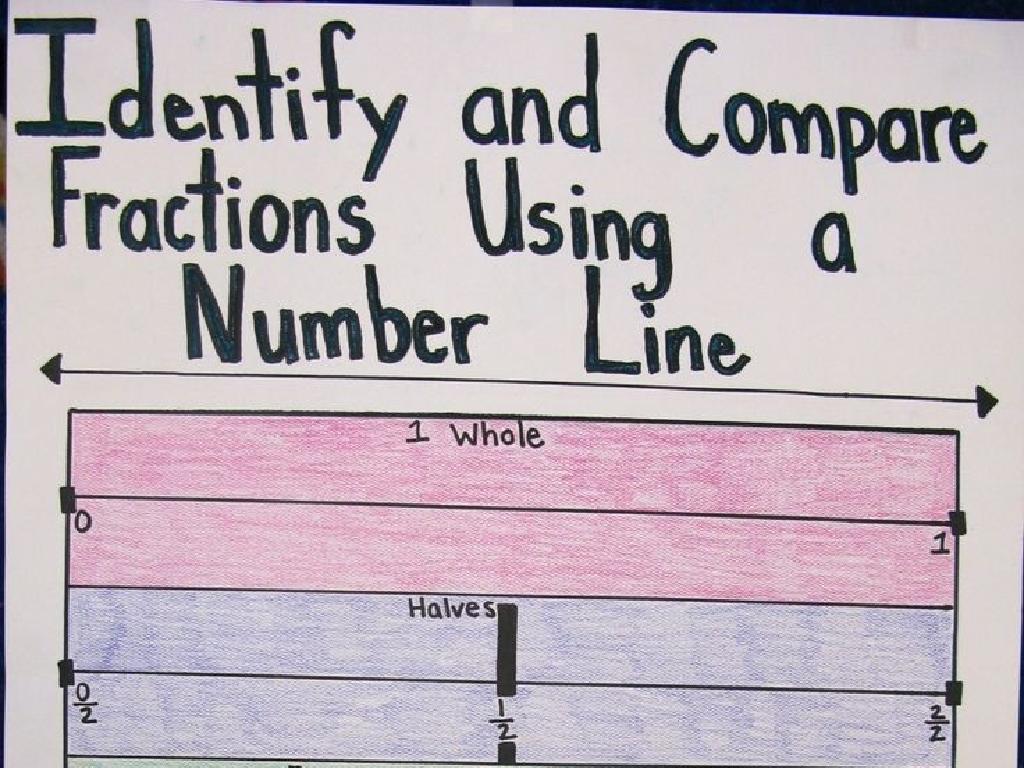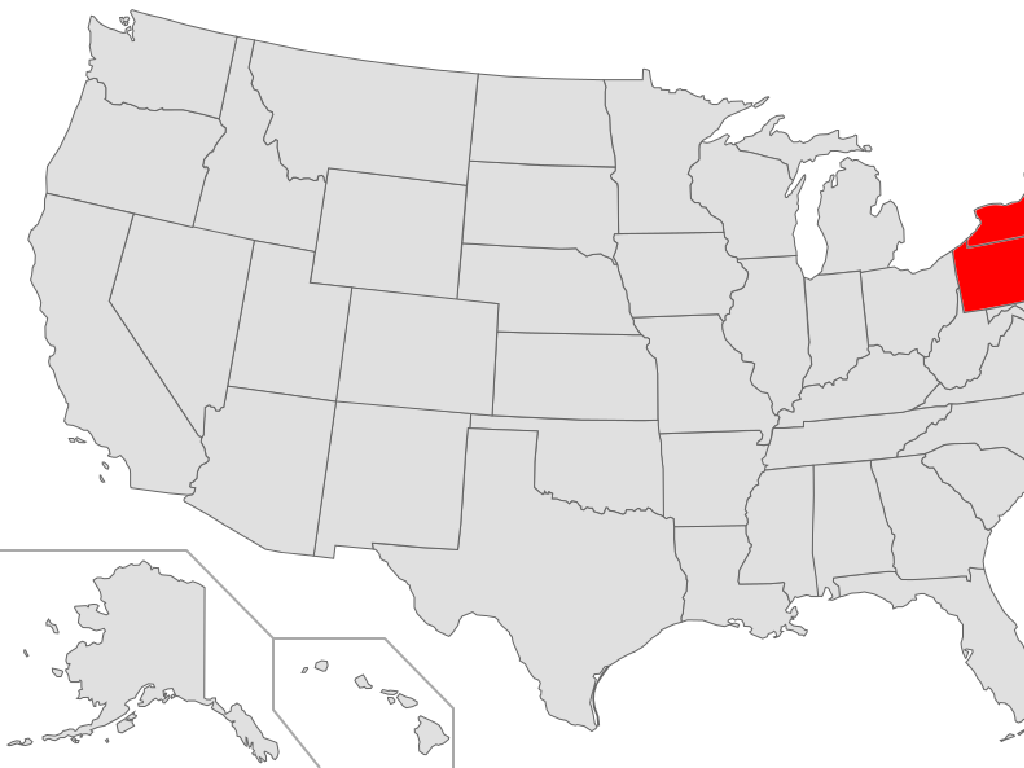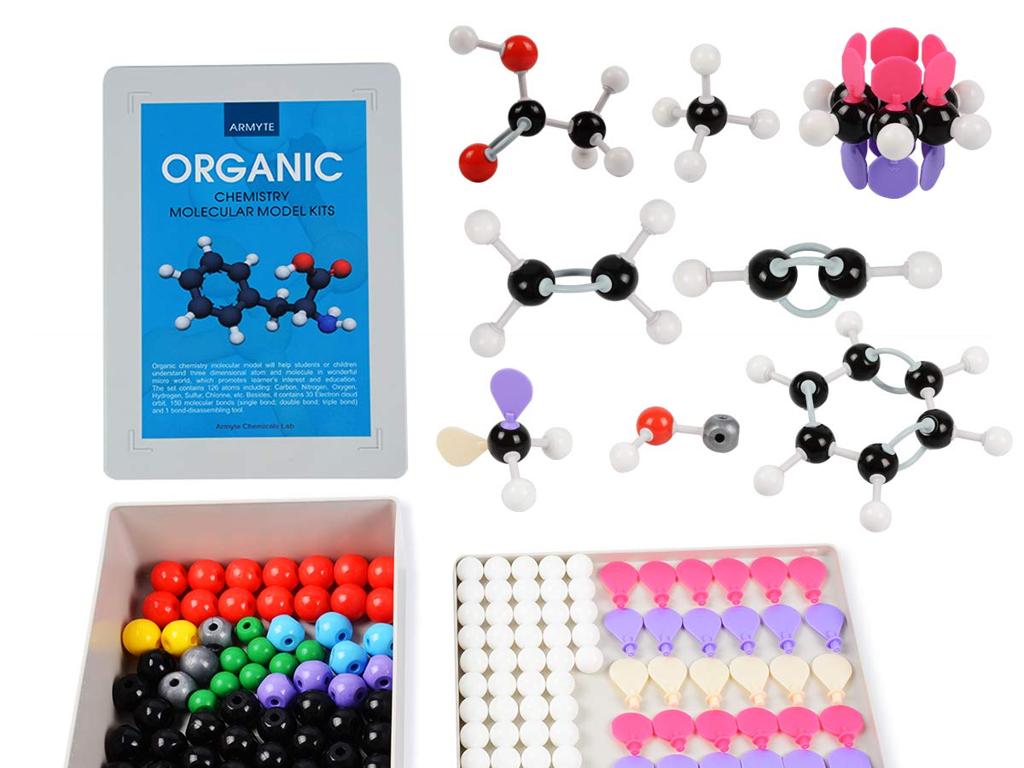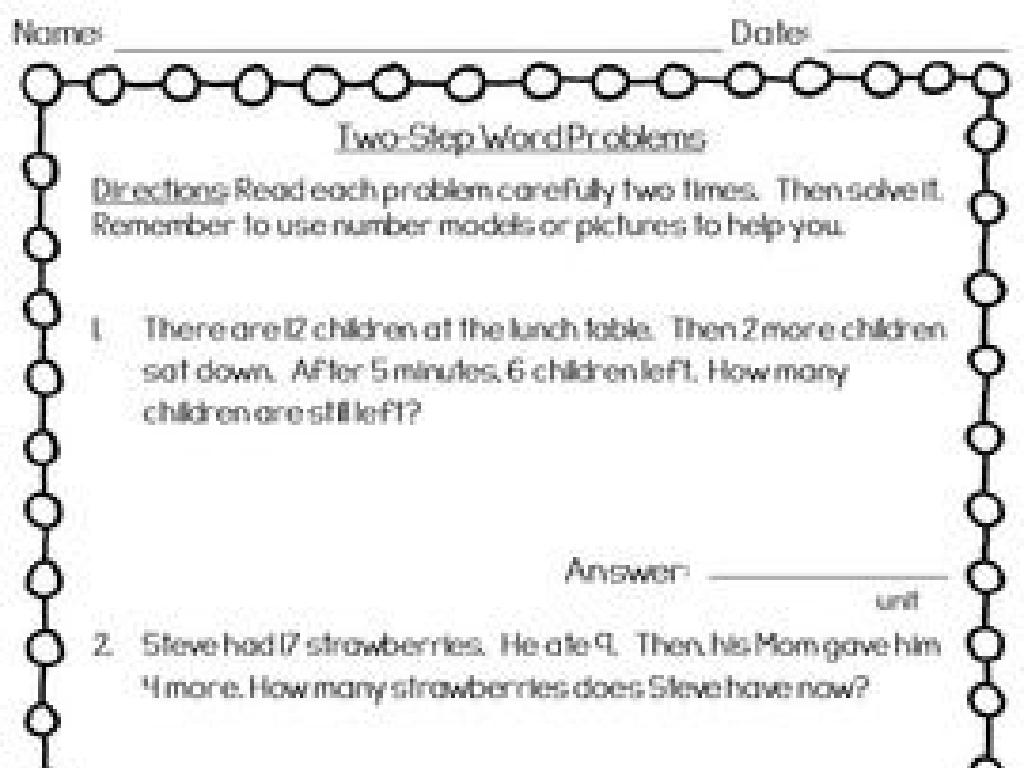Choose The Sensory Details That Match The Picture
Subject: Language arts
Grade: Second grade
Topic: Descriptive Details
Please LOG IN to download the presentation. Access is available to registered users only.
View More Content
Exploring Our Senses in Writing
– Learn to use senses in writing
– Discover the five senses
– Sight, smell, hearing, taste, touch
– Describe a picture with senses
– Use senses to talk about the picture
– Engage senses for vivid imagery
– Make your writing come alive with sensory details
|
This slide introduces the concept of using sensory details in writing to create vivid imagery. Begin by discussing how we experience the world through our five senses: sight, smell, hearing, taste, and touch. Explain that when we describe a picture or a scene, we can use words that appeal to these senses to make our description more powerful and engaging. Encourage students to think about how they might describe a picture using sensory language. For example, if there’s a picture of a beach, they could talk about the sound of waves crashing (hearing), the smell of saltwater (smell), the feel of sand between their toes (touch), the taste of fresh watermelon (taste), and the sight of the sun setting over the water (sight). This exercise will help them understand how to use descriptive language to paint a picture in the reader’s mind.
Exploring Sensory Details
– Sensory details: what are they?
– Words that describe our five senses
– They make writing come alive
– Describing what we see, hear, smell, taste, touch
– Like ‘bright’ for sight, ‘loud’ for hearing
– Example: What sound word describes a dog barking?
– ‘Bark’ can be a sound word for a dog
|
This slide introduces the concept of sensory details to second graders, helping them understand how to use their five senses to describe experiences in writing. Sensory details are words that paint a vivid picture for the reader, allowing them to see, hear, smell, taste, and touch what the writer is describing. Encourage the students to think of examples of sensory words, especially focusing on sounds, as this can be a fun and interactive way to engage them. Ask them to describe a dog’s bark or the sound of rain against the window. This will help them grasp the idea of using descriptive words to convey sensory experiences.
Matching Game: Sight
– Observe the picture carefully
– Think of words to describe what you see
– Example: Picture of the sun
– Words like ‘bright’, ‘yellow’, ’round’
– Share your descriptive words
– Tell the class your words
|
This slide is part of an interactive class activity designed to help second-grade students understand and use descriptive details related to sight. Show a variety of pictures to the class and ask them to carefully observe each one. Then, prompt the students to think of and write down words that describe what they see in the pictures. Use the example of the sun to illustrate how they might describe an image using sensory words. Encourage them to be as descriptive as possible. After they have written down their words, ask them to share with the class. This activity will enhance their vocabulary and ability to use descriptive language. For the teacher: Prepare diverse pictures that are age-appropriate and have clear, distinguishable features. Possible images could include animals, landscapes, food, or everyday objects.
Matching Game: Sensory Words for Sounds
– Listen to different sounds
– Describe each sound with words
– Example: Sound of a bell
– Words like ‘ringing’, ‘clear’, ‘loud’
– Share your descriptive words
– Tell the class what words you thought of
|
This interactive activity is designed to enhance the students’ listening skills and their ability to use descriptive language. Play a variety of sounds for the class and ask them to carefully listen and then use sensory words to describe each sound. For example, if you play the sound of a bell, students might describe it as ‘ringing’, ‘clear’, or ‘loud’. Encourage them to think beyond the obvious and use vivid language. After listening to each sound, allow students to share their descriptive words with the class. This will not only build their vocabulary but also their confidence in expressing their thoughts. Prepare a list of sounds to play and consider having images to match the sounds for visual reinforcement.
Matching Game: Guess the Smell
– Observe the picture closely
– Imagine the smell it represents
– Choose words that describe the smell
– Is it ‘sweet’, ‘fresh’, or ‘stinky’?
– Share your smell descriptions
– Example: Cookies might smell ‘sweet’ and ‘baked’
|
This slide is part of an interactive game designed to help second-grade students understand and use descriptive details related to the sense of smell. Display a picture and ask the students to describe the smell associated with it. Encourage them to think creatively and use a variety of adjectives like ‘sweet’, ‘fresh’, ‘stinky’, etc. Provide an example to guide them, such as the smell of cookies being ‘sweet’ and ‘baked’. This activity will enhance their vocabulary and ability to use sensory details in their descriptions. During the next class, facilitate a discussion where students can share their descriptions and explain their choices. This will foster a deeper understanding of using sensory details in language arts.
Taste Matching Game: Imaginary Flavors
– Imagine tasting the food in the picture
– Use words like ‘sour’, ‘sweet’, ‘salty’
– Match the taste to the picture shown
– Example: Lemon is ‘sour’ or ‘tangy’
– ‘Fresh’ can also describe how a lemon tastes
|
This slide is part of an interactive class activity designed to help second-grade students understand and use descriptive words related to taste. Display various food pictures and ask the students to use their imagination to describe the taste of these foods. Encourage them to think beyond basic tastes and use specific words like ‘bitter’, ‘spicy’, or ‘rich’. The example of the lemon is to guide them on how to associate taste words with the food items. During the activity, the teacher should provide feedback and help students expand their vocabulary. This exercise not only teaches them about sensory details but also enhances their descriptive language skills.
Matching Game: Sensory Words for Touch
– Imagine touching the items
– Describe how they feel
– Use words like ‘rough’, ‘soft’, ‘cold’
– Example: Picture of ice
– Ice might feel ‘cold’, ‘smooth’, ‘hard’
|
This slide is part of an interactive game designed to help second-grade students understand and use descriptive words related to the sense of touch. Encourage the students to use their imagination to ‘feel’ the items in the pictures you show them. Ask them to describe the texture and temperature of the items using sensory words such as ‘rough’, ‘soft’, ‘cold’, ‘smooth’, ‘hard’, etc. For example, if you show a picture of ice, they might describe it as ‘cold’, ‘smooth’, and ‘hard’. This activity will help students enhance their vocabulary and make their descriptions more vivid and accurate. Make sure to have a variety of pictures that represent different textures and temperatures to make the game more engaging and educational.
Let’s Write Together: Sensory Details
– Write sentences with sensory details
– Describe how things look, sound, smell, taste, or feel
– Pick a picture we looked at
– Choose your favorite picture from our discussion
– Use words for the five senses
– Words like ‘bright’, ‘loud’, ‘sweet’ help describe senses
– Share your sentence with the class
|
This activity is designed to help students practice using sensory details in their writing, which makes descriptions more vivid and engaging. Encourage them to think about how they experience the world through their senses and to choose words that convey these experiences. Remind them of the five senses: sight, hearing, smell, taste, and touch. Provide examples for each sense to help them get started. For instance, ‘The fluffy cat felt soft under my fingers’ or ‘The sizzling pizza smelled delicious.’ After writing, students should be prepared to share their sentences with the class, fostering a collaborative learning environment where they can learn from each other’s descriptions.
Class Activity: Sensory Details Collage
– Create a collage with pictures and words
– Choose a picture and describe with senses
– Use words related to sight, sound, smell, touch, taste
– Write sensory words around your picture
– Share and explain your collage to the class
– Tell us why you chose those words for your picture
|
This activity is designed to help students understand and use sensory details to enhance descriptive writing. Provide a variety of pictures for students to choose from and a selection of magazines or printed words. Encourage them to think about how each picture can be described using the five senses. Once they select a picture, they should surround it with words that convey what they might see, hear, smell, touch, or taste if they were in the picture. After creating their collages, each student will have the opportunity to present their work to the class, explaining the sensory words they chose and how they relate to the picture. This will help them practice their speaking skills and reinforce their understanding of descriptive language.





